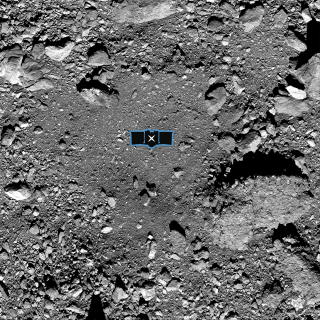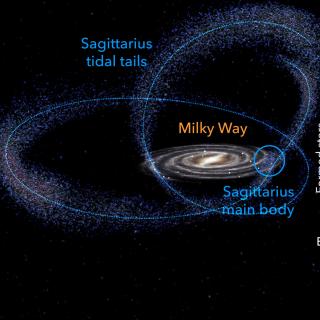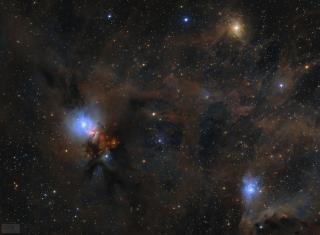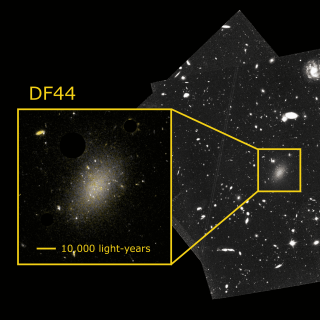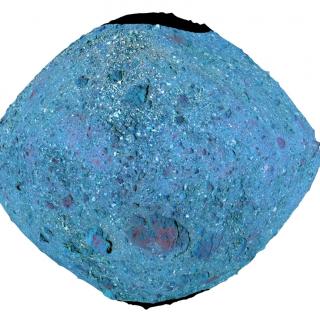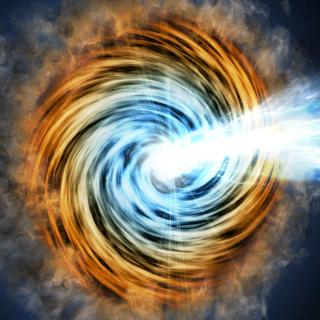
An international team of astronomers has identified one of the rarest known classes of gamma-ray emitting galaxies, called BL Lacertae, within the first 2 billion years of the age of the Universe. The team, that has used one of the largest optical telescope in the world, Gran Telescopio Canarias (GTC), located at the Observatorio del Roque de los Muchachos (Garafía, La Palma), consists of researchers from the Universidad Complutense de Madrid (UCM, Spain), DESY (Germany), University of California Riverside and Clemson University (USA). The finding is published in The Astrophysical Journal
Advertised on
